On a patch of scrubland outside the Zikim kibbutz earlier this week, I came across a platoon of Merkava 4 tanks positioned among the trees. One of the tank commanders recognised my colleague and we exchanged a few words. ‘This is our Yom Kippur,’ he told us. ‘We haven’t even begun to grasp the implications of this.’ Yom Kippur, in this context, isn’t a reference to the annual Jewish day of atonement. Rather, it recalls October 1973, when Israel was surprised by an attack on two fronts from the forces of Egypt and Syria. The Hamas assault on Israeli Jewish communities around the Gaza Strip came exactly 50 years and a day after what Israelis call the Yom Kippur War. In that war, after holding back the advance of the Egyptians and Syrians in the Sinai and the Golan, Israel launched counterattacks on both fronts – and emerged as the clear victor.
This time around, facing a terror organisation equipped and armed by a state (Iran) rather than a conventional army, the Israel Defence Forces have completed the process of expelling Hamas operatives from the communities in the ‘Gaza Envelope’, as Israelis refer to the area around the Strip. An air campaign is under way over Gaza. The IDF have mobilised 360,000 reservists. The tank crews we met outside Zikim came from among them. Some of the mobilised fighters have been sent to the north, to guard against the possibility that Lebanese Hizballah may seek to open a second front against Israel. But the majority are gathered outside Gaza, preparing for the commencement of a ground assault which will be intended to destroy the Hamas authority which has governed this area since 2007.
The prospect facing the IDF inside Gaza is a daunting one. Israel has made the mistake, in the past, of underestimating Hamas’s capabilities. This complacency was responsible for the skeleton force deployed on the border last Saturday, which was overwhelmed by Hamas forces who then launched themselves into an orgy of murder, rape and destruction of civilian communities.
As Israeli infantry, armoured and engineering forces prepare to enter the densely populated urban environment of Gaza, any dismissal of the enemy is already in the distant past. The Israeli forces will be expecting a tough fight for every inch of ground. Hamas has ruled Gaza for 16 years and the last time Israeli forces conducted a serious ground operation into the area was in 2014. So the Islamist movement has had plenty of time to prepare its defences. Recent examples of combat in an urban environment, such as the US experience fighting Islamist insurgents in Fallujah, the US-led coalition’s battles with ISIS in Mosul, Manbij and Raqqa and the Russian fight in Mariupol showcase the extent to which defenders can hold an attacking force for extended periods inside a city, extracting a high price for every building and every pile of rubble. What are the main challenges the IDF can expect to encounter as it moves forward in Gaza?
In Yom Kippur, Israel was surprised, hit hard – and then struck back with a devastating effect on its enemies. The IDF will be looking to repeat this pattern in a very different environment
Like the Soviets in Stalingrad – and more recently, the Ukrainians in Mariupol – Hamas is likely to seek to remain very close up against advancing Israeli forces in Gaza, in an effort to minimize or negate Israel’s advantages in the areas of technology and air power. The movement has prepared an extensive system of tunnels, strongpoints and access across buildings throughout Gaza and will seek to draw the Israelis in before appearing at unexpected points and inflicting losses on their enemy. Israel refers to the Hamas tunnel system as ‘lower Gaza’, reflecting its extensive nature. ISIS in Mosul in 2016 and 2017 showed how underground warrens can be used to surprise and slow down an attacking force in an urban context.
The combat environment is likely to witness the innovative use of newer forms of weaponry. Alongside groups of fighters using small arms, machine guns and mortars, and the deployment of snipers, Hamas is known to possess anti-tank missiles such as the Russian Kornet system and the advanced RPG-29. It also has older systems such as the RPG-7 in abundance. These are likely to be employed to strike the Israeli tanks, engineering vehicles and armoured personnel carriers which will lead the advance. Hamas also has a fearsome array of rockets, and it may also be in possession of man-portable air-defence systems.
The Palestinian Islamist movement has already demonstrated its ability to use drones, in its destruction of Israeli surveillance systems in the opening moments of last week’s attack. Drones have only begun to make their appearance in combat over the past half a decade. The IDF, which last engaged in serious ground combat against Hizballah in 2006 and against Hamas in 2014 has not yet encountered drones in an environment of urban combat. At the same time, Israel is itself a pioneer in this area and Israeli troops will undoubtedly have drilled for a variety of scenarios which they are now likely to encounter.
The IDF has, in the past few days, issued a warning to Gaza’s civilians to re-locate to the southern part of the Strip. Hamas, meanwhile, has ordered the civil population to remain in place. This suggests that the Islamists intend to make use of civilians as human shields to erode the international legitimacy of Israel’s action, and to cause the build-up of international pressure on Jerusalem to cease its offensive. Both Israel and the Hamas rulers in Gaza are acutely aware of the uniquely exposed diplomatic and political environment in which Israel must operate. Israel must always conduct its operations against a diplomatic stopwatch, knowing that the power and influence of Arab and Islamic states – as well as public opinion – is likely to lead to pressure for a ceasefire within, at most, a few weeks.
These are some of the challenges which will be waiting for the Israeli forces mustering in the dusty ground close to the Gaza Strip. There will be others. It’s impossible to foresee and predict every element. The thousands of young Israelis, regulars and reservists preparing for the mission ahead will be motivated by the memory of the scenes of barbarism and slaughter perpetrated by Hamas’s jihadis earlier this month. In Yom Kippur, Israel was surprised, hit hard – and then struck back with a devastating effect on its enemies. The IDF will be looking to repeat this pattern in a very different environment. The narrow streets and alleyways of Gaza lie ahead.
Got something to add? Join the discussion and comment below.
Get 10 issues for just $10
Subscribe to The Spectator Australia today for the next 10 magazine issues, plus full online access, for just $10.

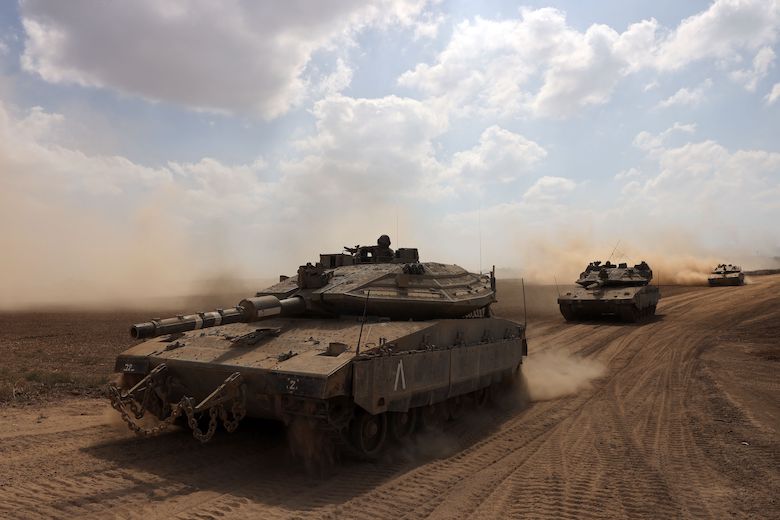
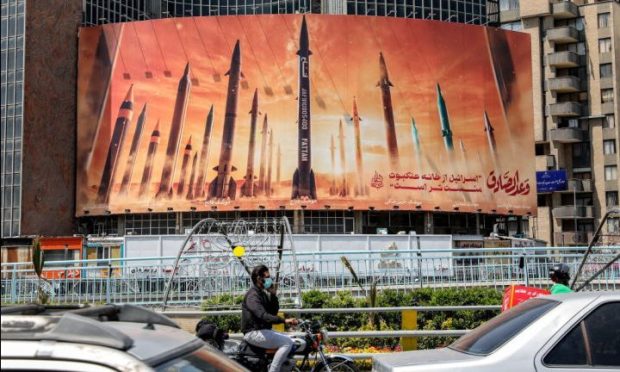
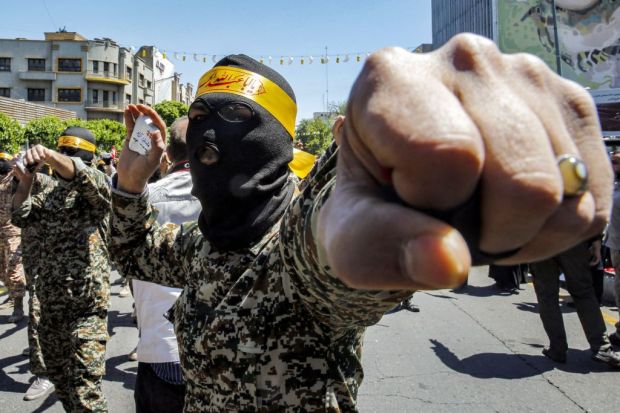

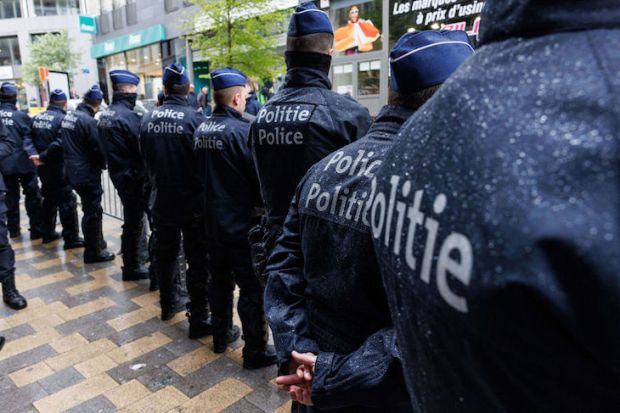

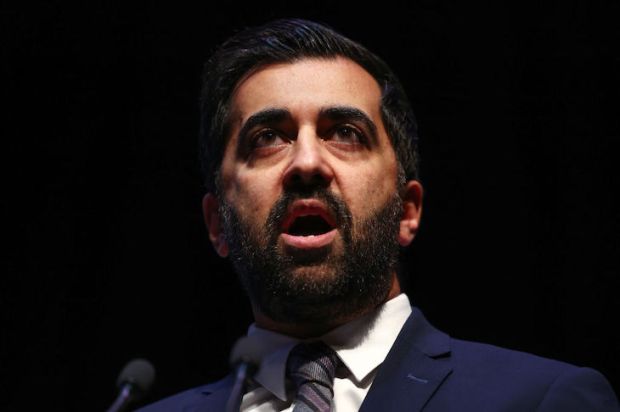












Comments
Don't miss out
Join the conversation with other Spectator Australia readers. Subscribe to leave a comment.
SUBSCRIBEAlready a subscriber? Log in